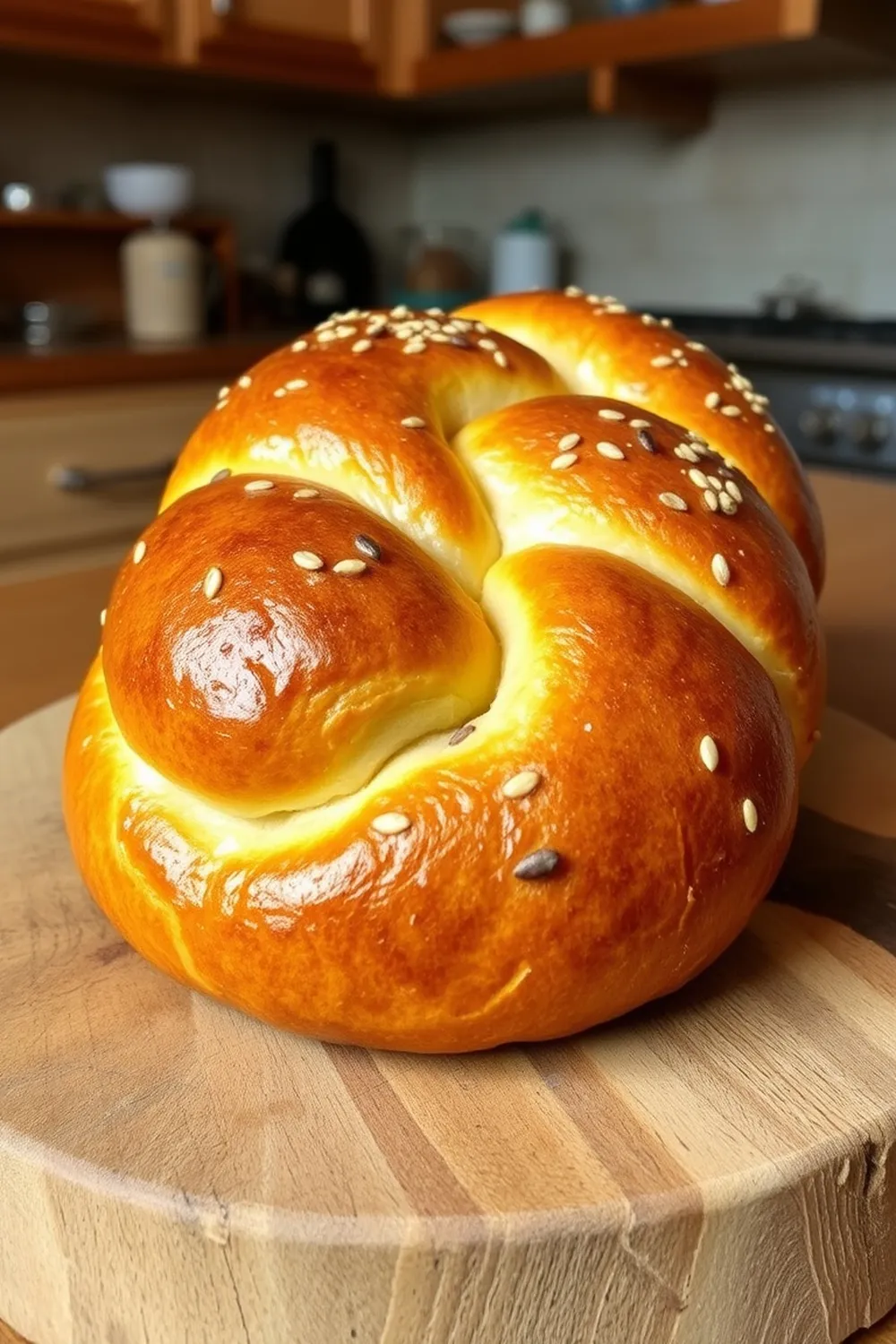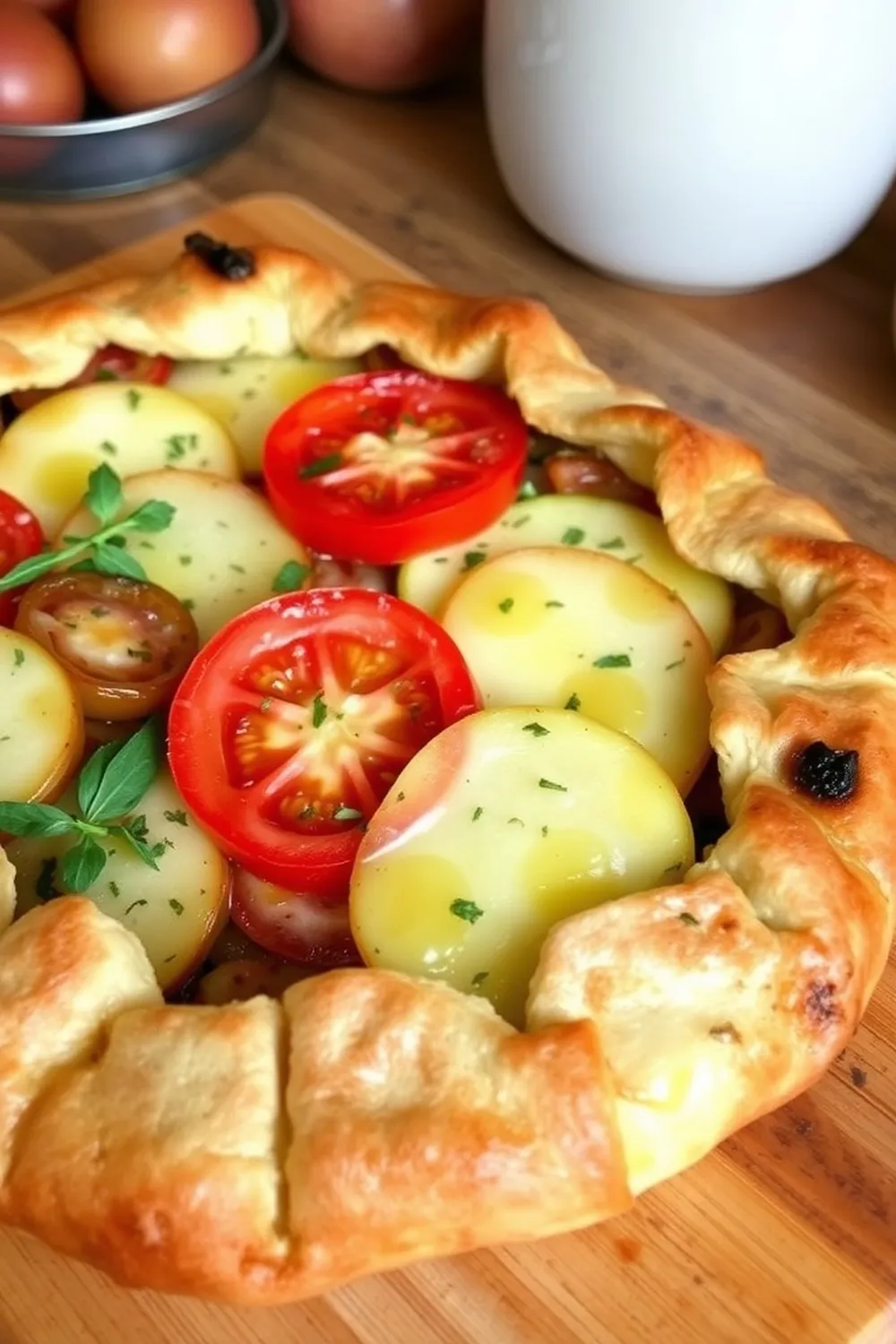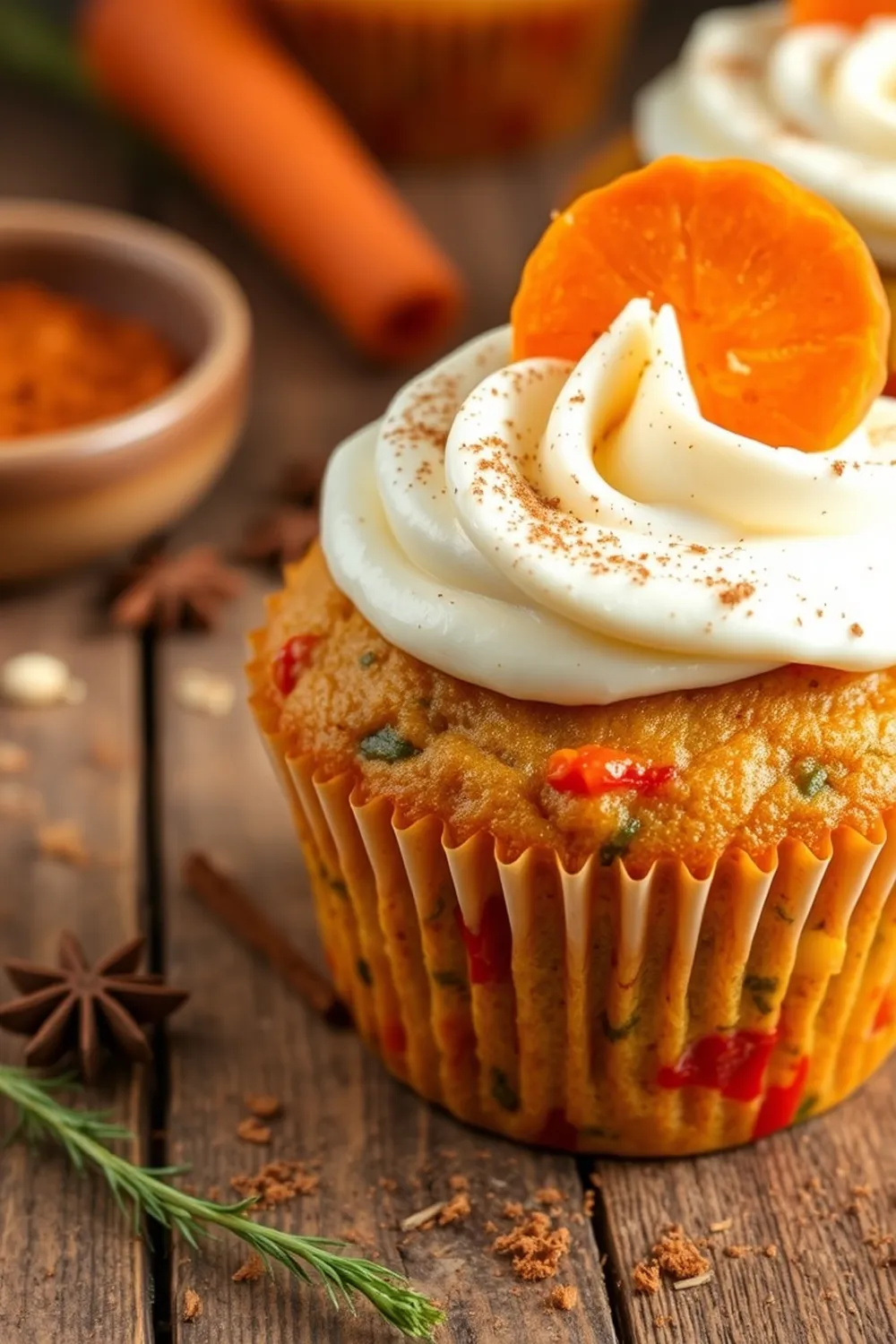- Activate yeast by mixing it with 1/4 cup warm water and 1 teaspoon of sugar. Let sit for 5-10 minutes until frothy.
- Combine yeast mixture, 2 tablespoons olive oil, and 1 teaspoon salt in a bowl. Add 3 cups wheat flour and the remaining 3/4 cup water gradually to form a dough.
- Knead dough for 5-7 minutes until smooth and elastic, cover, and let rise in a warm place for 1-1.5 hours, or until doubled in size.
- Preheat oven to 220°C (425°F). Divide dough into 3 portions, roll each into a thin circle, and prick with a fork.
- Bake bases for 7-9 minutes until golden brown and edges lift. Cool completely before storing or using.
- Calories:150 kcal25%
- Energy:627 kJ22%
- Protein:5 g28%
- Carbohydrates:28 mg40%
- Sugar:1 mg8%
- Salt:200 g25%
- Fat:2 g20%
Last Updated on 4 months by Neha Deshmukh
Easy Wheat Flour Flatbread Recipe – Olive Oil & Yeast Dough
Hey everyone! If you’re anything like me, you love a good flatbread. They’re so versatile – perfect with curries, as a pizza base, or even just dipped in a little chutney. I’ve been making this particular wheat flour flatbread for years, and it’s become a staple in my kitchen. It’s surprisingly easy, and the aroma while they bake is just heavenly! Let’s get baking, shall we?
Why You’ll Love This Recipe
This recipe is a winner for so many reasons. It uses simple ingredients you probably already have in your pantry. Plus, it’s a fantastic way to get comfortable with working with yeast – don’t be intimidated, it’s easier than you think! These flatbreads are soft, slightly chewy, and have a lovely subtle olive oil flavour. They’re perfect for a quick weeknight meal or a weekend feast.
Ingredients
Here’s what you’ll need to make about 3 pizza-sized flatbreads:
- 1 and 1/4 cups (approximately 150g) wheat flour
- 1 teaspoon (approximately 3g) active dry yeast
- 1/2 teaspoon (approximately 2g) sugar
- 1/2 teaspoon (approximately 3g) salt
- 1 tablespoon (approximately 15ml) olive oil
- 1/2 cup (approximately 120ml) warm water
Ingredient Notes
Let’s talk ingredients for a sec – a few little things can make all the difference!
Wheat Flour: Choosing the Right Type
I usually use whole wheat flour (atta) for a slightly nutty flavour and extra fibre. But you can definitely use all-purpose flour (maida) if that’s what you have. It will result in a softer, lighter flatbread. Experiment and see what you prefer!
Olive Oil: Varieties and Flavor Impact
Extra virgin olive oil adds a beautiful fruity flavour, but regular olive oil works just fine too. Don’t use anything too strongly flavoured, though, as it can overpower the other tastes.
Active Dry Yeast: Understanding Bloom & Freshness
Active dry yeast needs to be “bloomed” – we’ll get to that in the instructions! Make sure your yeast isn’t expired. Old yeast won’t rise properly, and you’ll end up with flat, sad flatbreads.
Water Temperature: Importance for Yeast Activation
The water needs to be warm, not hot. Think lukewarm bathwater – around 105-115°F (40-46°C). Too hot, and you’ll kill the yeast. Too cold, and it won’t activate.
Salt: Enhancing Flavor & Dough Structure
Don’t skip the salt! It’s not just about flavour; it also controls the yeast and strengthens the gluten, giving your flatbreads a better texture.
Step-By-Step Instructions
Alright, let’s get cooking!
- First, let’s wake up that yeast. In a small bowl, mix the warm water and sugar with the active dry yeast. Give it a little stir and let it sit for about 10 minutes. You’ll know it’s working when it gets frothy and bubbly – that’s the “bloom”!
- In a larger bowl, combine the bloomed yeast mixture, olive oil, and salt.
- Now, gradually add the wheat flour, mixing with your hands or a wooden spoon. Add the remaining water little by little, until a dough starts to form.
- Turn the dough out onto a lightly floured surface and knead for about 5-7 minutes. It should become smooth and elastic. Don’t worry if it’s a little sticky at first – that’s normal!
- Place the dough in a lightly oiled bowl, turning to coat. Cover with a clean kitchen towel or plastic wrap and let it rise in a warm place for about 2 hours, or until doubled in size. I usually pop it near the oven while it’s preheating (but not on the oven!).
- Preheat your oven to 150°C (300°F).
- Gently punch down the dough to release the air. Divide it into 3 equal portions.
- Roll each portion into a thin circle, about 8-10 inches in diameter.
- Place the rolled-out flatbreads on a baking sheet lined with parchment paper. Prick all over with a fork – this prevents them from puffing up too much.
- Bake for 7-9 minutes, or until the edges are lightly golden brown.
- Let them cool completely on a wire rack before storing or using.
Expert Tips
Here are a few things I’ve learned over the years to help you make the best flatbreads:
Kneading Techniques for a Perfect Dough
Kneading develops the gluten, which gives the flatbreads their chewy texture. Push the dough away from you with the heel of your hand, then fold it back over itself. Repeat this motion for 5-7 minutes.
Achieving the Right Dough Consistency
The dough should be soft and slightly sticky, but not so sticky that it’s impossible to handle. If it’s too dry, add a little more water, a teaspoon at a time. If it’s too wet, add a little more flour.
Understanding Rise Times & Temperature
The warmer the environment, the faster the dough will rise. In cooler weather, it might take longer. Be patient!
Preventing Flatbreads from Puffing Up Too Much
Pricking the dough with a fork is key! It releases the steam and prevents large bubbles from forming.
Storing Homemade Flatbreads for Maximum Freshness
Once cooled, store the flatbreads in an airtight container at room temperature for up to 2 days, or in the freezer for up to a month. To reheat, simply warm them in a dry skillet or briefly in the oven.
Variations
Want to switch things up? Here are a few ideas:
Vegan Flatbread Adaptation
Simply ensure your olive oil is vegan-friendly! The recipe is naturally vegan otherwise.
Whole Wheat Flatbread Variation
Use 100% whole wheat flour (atta) for a more rustic and nutritious flatbread. You might need to add a little extra water, as whole wheat flour absorbs more liquid.
Spice Level: Adding Chili Flakes or Herbs
Add a pinch of red chili flakes or some chopped fresh herbs (coriander, mint, or rosemary) to the dough for extra flavour. My friend loves adding a teaspoon of garlic powder!
Festival Adaptation: Using for Chaat or Curry Accompaniment
These flatbreads are amazing with chaat – break them into pieces and use them instead of papdi. They’re also perfect for scooping up your favourite curry.
Serving Suggestions
The possibilities are endless! Here are a few of my favourite ways to enjoy these flatbreads:
- With your favourite Indian curry (butter chicken, chana masala, dal makhani…)
- As a pizza base – get creative with your toppings!
- Dipped in hummus or baba ghanoush
- As a wrap for grilled chicken or vegetables
- With a simple tomato and onion salad
FAQs
Let’s answer some common questions:
What type of wheat flour is best for this recipe?
You can use all-purpose flour (maida) or whole wheat flour (atta). Whole wheat flour will give a nuttier flavour and more fibre.
Can I use instant yeast instead of active dry yeast?
Yes, you can! You don’t need to bloom instant yeast – just add it directly to the dry ingredients.
How can I tell if my yeast is still good?
If it doesn’t foam up when mixed with warm water and sugar, it’s probably dead.
Can I make this dough ahead of time?
Yes! You can make the dough up to 24 hours in advance. Let it rise for the initial 1-2 hours, then punch it down and store it in the refrigerator. Bring it to room temperature before rolling it out.
What can I serve with these flatbreads besides curry?
So many things! Try them with dips, salads, grilled meats, or even just a drizzle of olive oil and a sprinkle of herbs.










